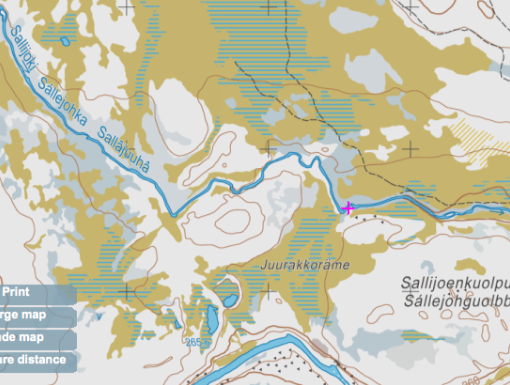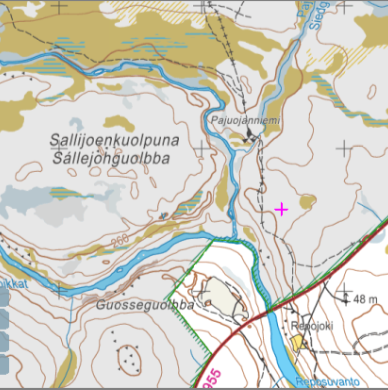Part II. The Hansa Lands and France
Chapter 30. Heroes [November 5, 1347]
Cultural Explanations
 |
Part II. The Hansa Lands and France Chapter 30. Heroes [November 5, 1347] Cultural Explanations |
|
|
In this chapter Bávlos tells his own story about a hero name Sálle. | ||
| Nieiddash, Bávlos, Jacques, Aix |
In this chapter, Bávlos has his chance to tell of heroism from a Sámi point of view. The legends he recounts are familiar to Sámi legendry about evil marauders known as chudit. These bad guys figure in the great Sámi film Pathfinder, but they are much older than the 1980s: in fact, they may well have been among the stories that fourteenth-century Sámi told each other to pass the time.
Legend is a term that folklorists use for stories told as true, i.e., stories in which the narrator asserts that the events actually happened. Jacques believes in the accuracy of his story about Ogier, so that narrative, too, can be classified as a legend. In Sámi legends about chudit, the hero is often an unpresupposing character, often a young boy or an old woman. Faced with a menacing horde of thieves, the heroic character thinks up a way to save the day by tricking the villains to their death. Jacques, enamoured of the chivalric ideals of fourteenth-century minstrelsy, does not regard the character's actions as particularly heroic, but what counts as heroism depends on one's point of view.
Legends in Sámi tradition are often very specific about places and landscape but vague about the hero. One tells about the waterfall that led to the death of the villains, because that waterfall can still be seen and furnishes proof of the veracity of the tale. The hero and villains, however, often remain obscure. In Sámi tradition, the term chudit had just such vagueness: it wasn't easy to say just exactly who these marauders were, or why they had come. Bávlos, seeking to connect his tale to the culture that Jacques knows about, suggests that they are tribute takers, and Icelandic sagas mention Viking heroes extorting tribute from Sámi in just such a manner. A good example occurs in the early chapters of the Egils saga, where we follow the fortunes of a family that makes part of its income by collecting tribute from the Sámi for King Harald Fairhair. This is how the saga writer describes the hero Thorolf's encounter with the "Finns," i.e., Sámi:
Chapter 10 - Thorolf in Finmark. In the winter Thorolf took his way up to the fells with a large force of not less than ninety men, whereas before it had been the wont of the king's stewards to have thirty men, and sometimes fewer. He took with him plenty of wares for trading. At once he appointed a meeting with the Finns, took of them the tribute, and held a fair with them. All was managed with goodwill and friendship, though not without fear on the Finns' side.
You can read the whole of this saga HERE.
Bávlos is also following Sámi tradition at first by referring to the hero of his legend as simply a boy. But Jacques wants a character with a name, and so Bávlos resurrects his own name from his former existence as Sálle of Sállevárri. All the places narrated in the tale correspond with landscape and placenames near where Bávlos grew up. The maps below, copied from the website http://www.retkikartta.fi, show the path of Sálle's journey:
 |
 |
| Sállevárri and Sállejávri, Sálle/Bávlos's home tracts | The river Sállejohka as it leaves Sállejávri |
 |
 |
| The river Sállejohka as it runs toward Sállejohguolbba | The river Sállejohka joins Riebanjohka at Guosseguolbba and then runs southeast, away from Sálle's lands. |
Words can have different meanings in different languages. Sale does indeed mean "dirty" in French and is thus a very strange name to give a son.